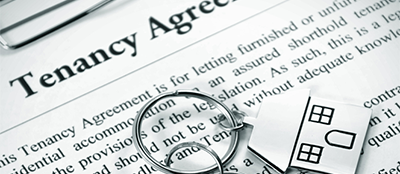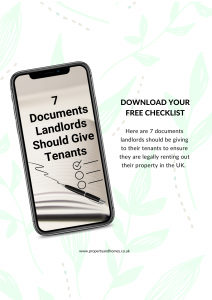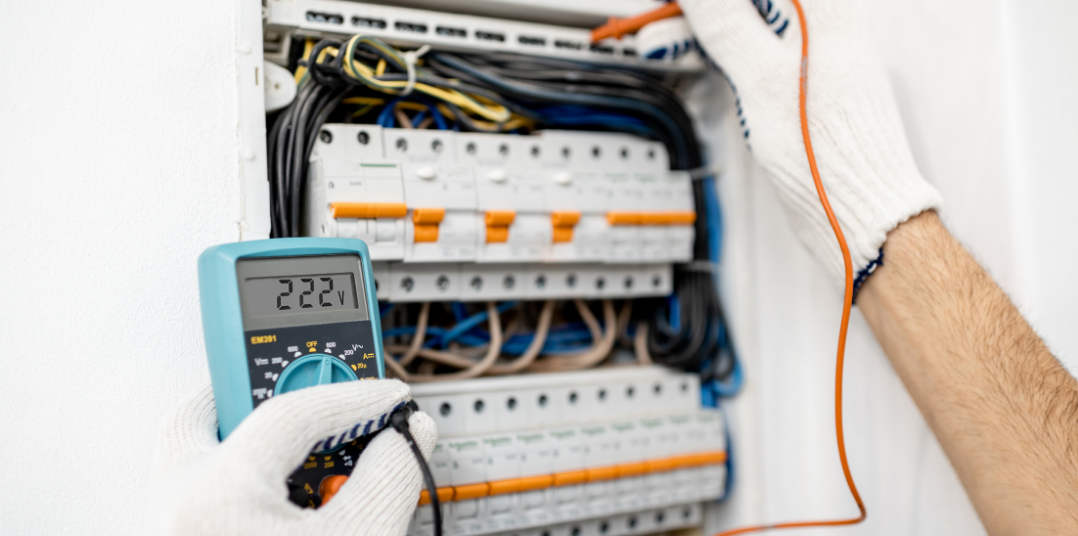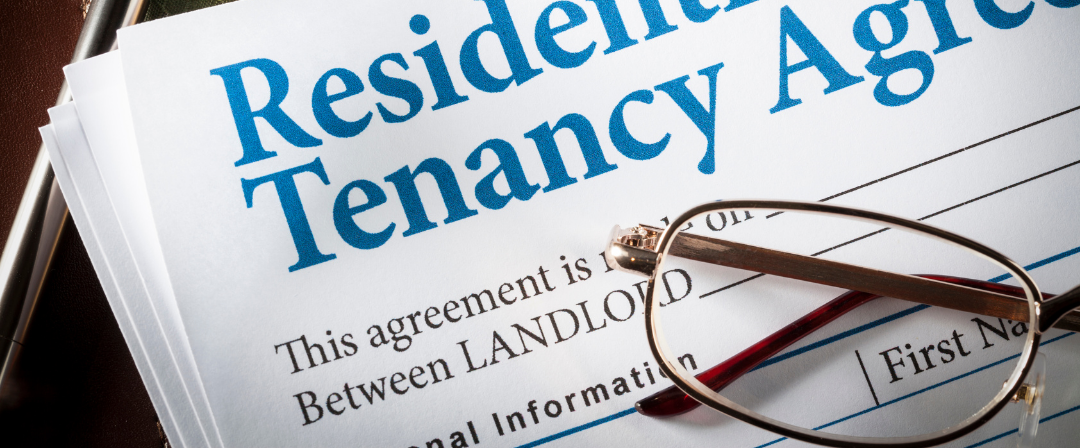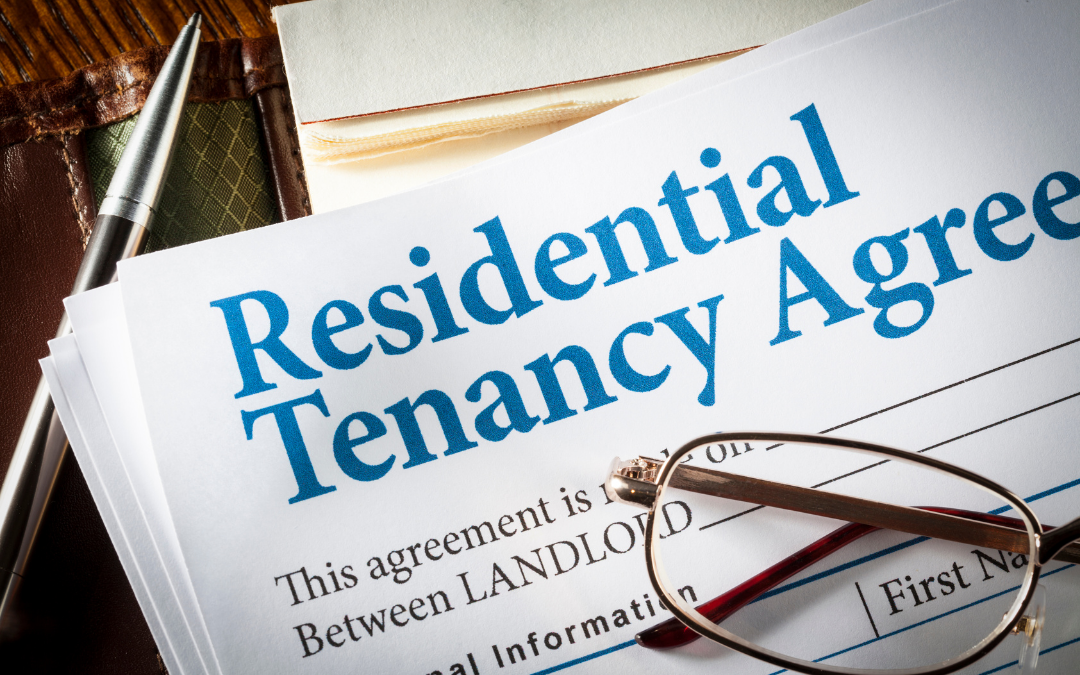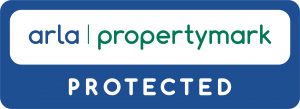Different types of tenancy agreements in the UK
A tenancy agreement is a document that sets out the terms of a tenancy. When you’re renting out a property, having a written tenancy agreement is a good way of making sure that the rental conditions between you and your tenant are clear. However, with the different types of tenancy agreements, we have in the UK, which is the right one for you?

Tenancy types
The most common tenancy agreement is the assured shorthold tenancy and unless your property rental fulfils certain criteria, it’s likely that an assured shorthold tenancy agreement is the right one for you. But let’s go through the different types we have in the UK.
Assured shorthold tenancy (AST)
An AST is the default tenancy agreement in the UK. As long as the property is a private rental, the tenancy started after 15 January 1989, the property is the tenant’s main accommodation, and you as the landlord don’t live in the property, it is likely to be rented on an assured shorthold tenancy.
ASTs are typically given for a period of six months but can be for longer and they usually are as most ASTs will usually state an initial fixed term of 12 months. After the fixed term is over, the tenancy agreement automatically becomes periodic tenancy, (a monthly rolling contract) with the same rent if you don’t sign a new contract with your tenant.
You are also required to protect the tenant’s deposit in a government-approved deposit protection scheme.
A tenancy cannot be an AST if:
- it began or was agreed before 15 January 1989
- the rent is more than £100,000 a year
- the rent is less than £250 a year (less than £1,000 in London)
- it’s a business tenancy or tenancy of licensed premises
- it’s a holiday let
- the landlord is a local council
Assured tenancy
Assured tenancies don’t provide landlords security of tenure and equip tenants with more protection against eviction. Assured tenancies were more commonly used in the past: tenancies that began between 1989 and 1997 may be assured tenancies, and they give tenants long-term tenancy rights.
Under assured tenancies, landlords must wait for specific circumstances that break the tenancy agreement to occur. So, If you’re just beginning to rent out your property, you’re unlikely to opt for this type of tenancy.

Non-assured shorthold tenancy
Non-assured shorthold tenancies tend to be used when assured shorthold tenancies can’t be. This may be because the rent is less than £250 per year, the tenant has their main home elsewhere, or if a landlord lives in the same property as their tenants but doesn’t share any facilities.
Landlords who opt for an assured shorthold tenancy don’t need to pay a tenancy deposit into a government-backed deposit protection scheme, and you don’t have to give a Section 21 or Section 8 Notice to end the tenancy. However, the tenant has the right to stay in the property until the end of the fixed term, as long as they comply with the terms of the tenancy agreement.
Excluded tenancy
Excluded tenancies tend to be used by landlords who live in the same property and share facilities with their tenants. Landlords don’t need to protect the tenant’s deposit in a government-approved deposit scheme, and they can usually evict the tenant without a court order. Usually, this means the length of the rental period, so if your tenant pays rent weekly, landlords are within their rights to give one week’s notice.
Regulated tenancy
This form of tenancy was used before 1989, and it was a long-term tenancy. You are unlikely to use this type of tenancy agreement.
Company let
A company let is when a company rents residential accommodation for its own staff or directors. So you are renting to a company rather than an individual and this means that it’s not governed by the same rules when it comes to things like deposit protection and eviction.
Renting property to companies can be very lucrative but if you rent to the wrong company it can also be problematic. A company can close down, for example, if it becomes insolvent, in which case it may prove impossible to recover unpaid rent. So ensure you do all your due diligence before renting the property to a company.

Can I change a tenancy agreement?
Usually, tenancy agreements can only be changed if both the landlord and tenants agree. If this is the case, all changes should be recorded in writing by either drawing up a new tenancy agreement or amending the existing tenancy contract.
Do I need to get a written copy of my tenancy agreement?
Landlords in England and Wales aren’t legally required to provide tenants with a written copy of a tenancy agreement.
A tenancy agreement can exist even if there’s only an oral agreement between a tenant and a landlord, but it is important to know that oral tenancy agreements can be difficult to enforce as there is evidence to prove what has and hasn’t been agreed.
Need to fix a repair or breakdown?
Landlord Blog
Demystifying the Section 8 Notice: A Comprehensive Guide for Landlords
When it comes to managing rental properties, landlords occasionally find themselves in situations where tenants are in breach of their tenancy agreements. In such cases, a Section 8 notice can be a valuable tool to regain possession of the property.
Navigating the Rental Revolution: A Deep Dive into the Renters’ Reform Bill
The Renters’ Reform Bill is a hot topic in the UK, aiming to bring a wave of change to the rental market. We’ve rounded up all you need to know about this exciting development and will keep you updated as the details unfold.
A Comprehensive Guide: How Landlords Can Prepare for Bailiff Evictions in the UK
Evictions can be a challenging and distressing process for landlords in the UK, particularly when the tenant is uncooperative or has failed to pay rent. If all other methods to resolve the situation have been exhausted, landlords may need to consider the last resort – applying for a bailiff eviction.
We create this content for general information purposes and it should not be taken as advice. Always take professional advice. Please read our full disclaimer.

